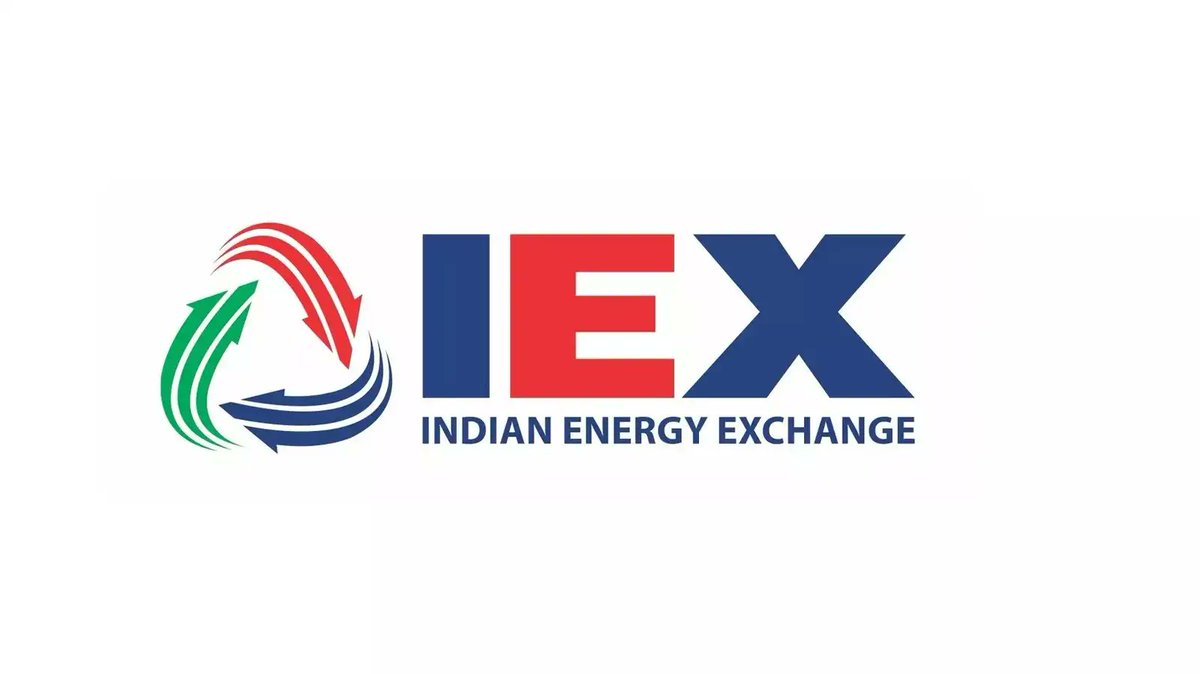Stay tuned for Part 2: How our government controls inflation in the economy.
RT this thread & follow @finshots for more insightful content.
🚀Join our 500k readers in staying up-to-date on all things business & finance in less than 3 mins: bit.ly/3AiVx3v
RT this thread & follow @finshots for more insightful content.
🚀Join our 500k readers in staying up-to-date on all things business & finance in less than 3 mins: bit.ly/3AiVx3v
• • •
Missing some Tweet in this thread? You can try to
force a refresh

















